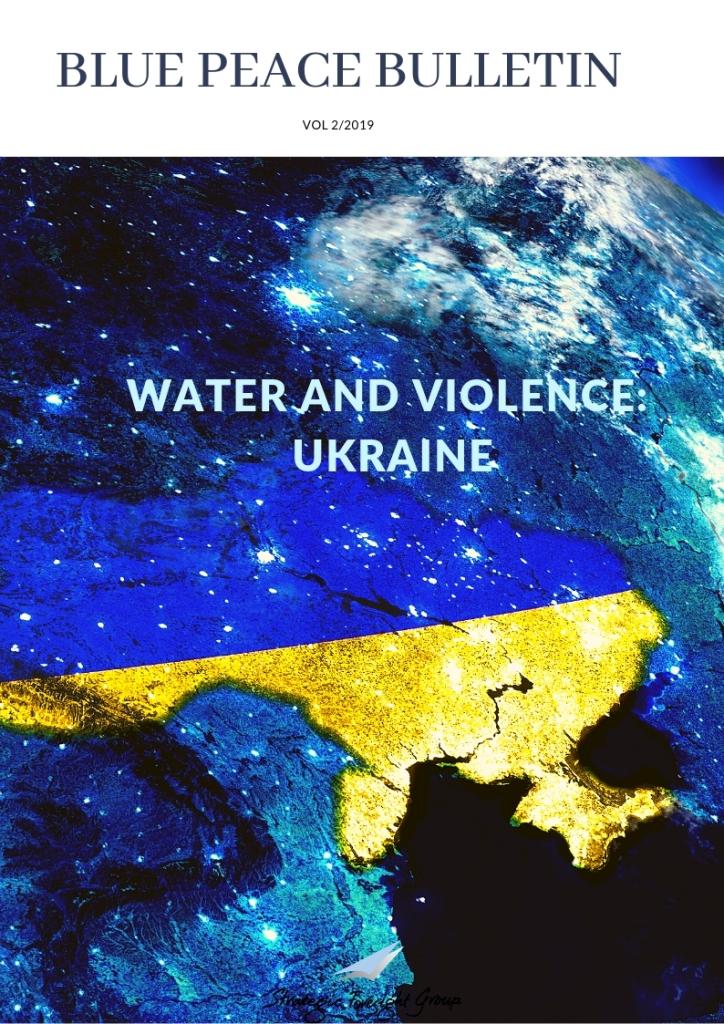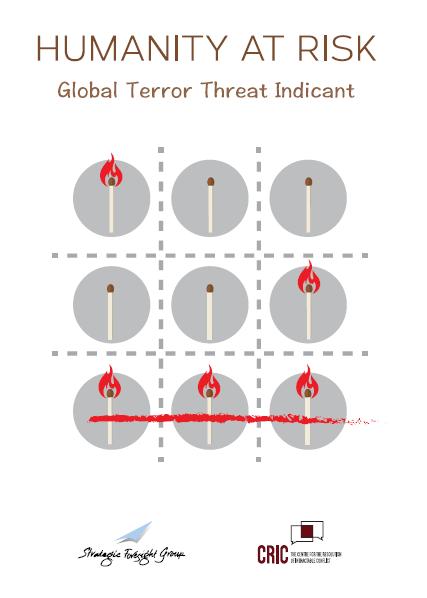Washington�€™s �€˜Day After�€™ Policy
|
|
December, 2009
By Rohit Honawar
|
President Obama�€™s decision to deploy an additional 30,000 US troops to Afghanistan has, for the most part, been welcomed by the Afghan government and the regional stakeholders India and Pakistan. The Taliban, whose presence several analysts believe will be required at the negotiating table for a long-term peaceful solution to the Afghan crisis, have rebuffed the new strategy �€“ bluntly stating that there will be an increase in American casualties and more opportunities to attack US assets. On the surface, Obama�€™s decision, coupled with the pledge to strengthen governance and provide non-military aid/development is being widely held as a prerequisite towards regional stability. Despite objections by the Afghani people, more boots on the ground will ultimately increase the physical possibility of securing vast areas of the country, which have otherwise seen a spread of the Taliban�€™s influence.
Washington�€™s initiative however, has been overshadowed by the decision to start handing areas back to the control of Afghan security forces by July 2011 �€“ leading to the eventual withdrawal of US and NATO forces. While the latest policy initiative is not an �€˜exit-strategy�€™, it does signal America�€™s intent to decrease its political and military influence in Afghanistan over the next two years �€“ a proposition which could create a security vacuum, conducive to the Taliban reasserting itself over a government which has thus far, failed to instill confidence in its people. In addition, the two major regional stakeholders, India and Pakistan, will be directly impacted by the decision �€“ one which arguably lacks strategic foresight.
By the summer of 2010 American forces in Afghanistan will number 100,000 - a deployment that will be comparable to the US presence in Iraq. The primary aim of the troop surge, as outlined by President Obama, will be to �€˜disrupt, dismantle and defeat Al Qaeda�€™. It is hoped that the decision to expand America�€™s presence on the frontline will provide Afghanistan�€™s security forces with some much needed breathing space, while they are trained and prepped to eventually secure the country�€™s population centres. In addition, Washington will be hoping that President Karzai�€™s government reasserts its credentials to govern the country while it enjoys the backing of the American military and political establishment. Obama�€™s acknowledgment that a successful Afghan strategy is dependent on efforts on �€˜both sides of the border�€™ points to the fact that regional stability hinges not only on securing Afghanistan but, on creating an economically and politically sound Pakistan.
The announcement of a phased troop withdrawal by July 2011, while domestically sound for America, is likely to have far reaching regional implications over the next 18 months and beyond. The proposal, is likely to give rise to the �€˜day after�€™ policy, where forces opposed to American presence bide time and protect their assets in anticipation of US and NATO forces handing over power to a weak and corrupt Afghan government. While the troop surge will undoubtedly result in military success, it is likely to be limited in scope. There is a risk that Taliban forces will merely cross over the relatively porous border with Pakistan into Balochistan �€“ a province which remains outside the purview of Pakistan�€™s military operations. The areas reputation as being a sanctuary for terrorists will aid the Taliban�€™s effort to dodge the American bullet until such time that Washington initiates their plan to withdraw troops. More importantly perhaps, it will enable the militants to conduct �€˜surgical�€™ strikes on US and NATO forces in Afghanistan, before returning to their shelter across the border.
American operations in Afghanistan are likely to focus on the country�€™s southern provinces of Helmand and Kandahar �€“ increasing the possibility of militants pushing into Pakistan�€™s territory. The dichotomy for Pakistan is that the military and political establishment, remain divided on how to take the war forward. While Islamabad will be apprehensive of growing extremism and rising anti-American sentiment, elements within the military and ISI will be keen to protect their strategic tools which are integral towards their policy of destabilising India and Afghanistan. The political establishment however, will keenly await the US troop surge in the hope that it creates more pressure on the military to expand the war, while forcing them to cut off ties with extremist elements, thus facilitating the parliaments�€™ supremacy over the military. Yet, the road is unlikely to be as clear cut, with President Zardari recently relinquishing some of his powers, and the military reasserting its presence.
With 18 months to go before the proposed US withdrawal, elements within the military and ISI that are sympathetic towards the Taliban will hedge their prospects on the �€˜day after�€™. Although the battle lines are being re-drawn and Pakistan�€™s military has been the target of terrorist strikes, the optimistic time-frame set by the Obama administration will have strengthened the resolve of not only the militants, but of their financiers and handlers in Pakistan. At a time when the US should be looking towards long-term regional stability and strengthening democratic institutions in Pakistan, their latest announcement could prove to be a mere flash in the pan and, result in a false sense of regional security.
Geographically distant, yet being politically and economically entwined, India will be hoping that the troop surge shifts the momentum away from the Taliban, as American forces look to destroy terrorist safe havens. Yet the gains are likely to be short-lived, as those under the radar of Washington�€™s military seek shelter elsewhere. In the long-term, terrorist elements are likely to regroup and challenge not only Afghanistan�€™s government, but that of Pakistan, and subsequently India. If Washington continues with its policy of a phased troop withdrawal, New Delhi faces the prospect of being caught in a highly volatile region for years to come. Furthermore, with the future onus of clamping down on the Taliban falling primarily on Pakistan and Afghanistan, New Delhi faces the uphill challenge of convincing the other protagonists that there can be no differentiation between terrorist elements and, that it is in their interest to quash what can only be described as an existential threat to regional stability.
The Obama administration�€™s decision to withdraw troops from Afghanistan is questionable. On the one hand the President has reinforced his commitment to the country by ordering additional forces to the region, while on the other there has been a simplification of the challenge by assuming it can be �€˜strategically resolved�€™ in a little under two years. While Obama�€™s decision might have been influenced by domestic pressure against an increasingly unpopular war, the fact remains that the resolve of the Taliban and elements within Pakistan�€™s military and ISI will be strengthened by the latest Presidential edict. More over, regional stability and relations between India and Pakistan stand threatened as the future of Afghanistan remains insecure.
Related Publications
Related latest News
Related Conferences Reports
-

P5 Experts Roundtable on Nuclear Risk Reduction
Download:Geneva Roundtable Report
-

Roundtable on Global Security and Catastrophic Risks
Download:Report on RT revise





